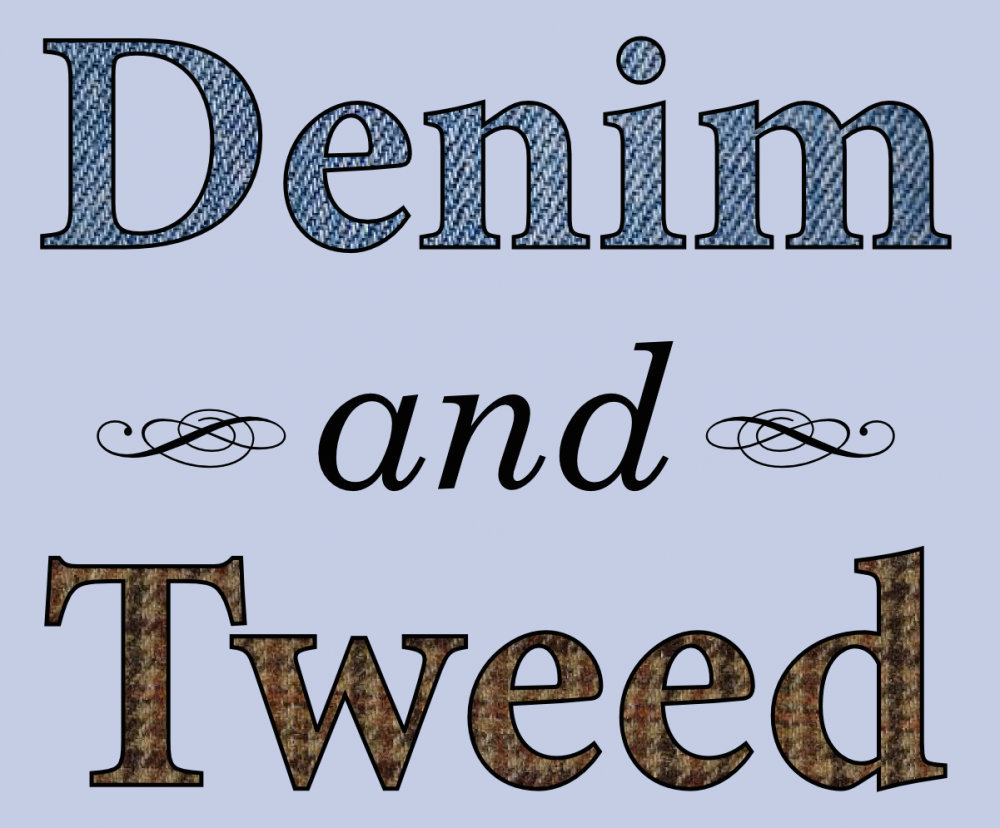
This has been, for fairly obvious reasons, a hard year. Most of the institutions that define what I do for a living have been weakened to the point of desperation, if not outright dismantled — some inviting the vandals in, some forcibly invaded and hollowed out. It was a year in which I tried to explain to students that most of the research projects on our campus were under threat, threw together a local pro-science satellite rally, squinted at the text of the US Code to no discernible effect, wrote plaintive op-eds for the newspaper I read back in high school, tried to plan for what I’d do if immigration enforcement agents demanded entry to my classroom, and pressed on with projects whose long-term future is uncertain at best.
And yet, by any objective measure, it’s been a very fortunate year. I ran the Boston Marathon, and had a pretty good time of it, even if it wasn’t a personal-best time. I hosted a collaborator for a guest seminar on campus, and we took a day to drive out to the desert and see wildflowers, including blooming Joshua trees. I landed a sabbatical semester for the fall, with plans that let me spend most of my time with C in Seattle, from June onwards. We road-tripped north through Yosemite and Crater Lake National Parks, both first-time visits for me, and then took a long week in New England and New York City. I spent most of another week in Georgia for the Evolution Meetings, where I gave a high-pressure plenary that seems to have gone over pretty well.
Continue reading








